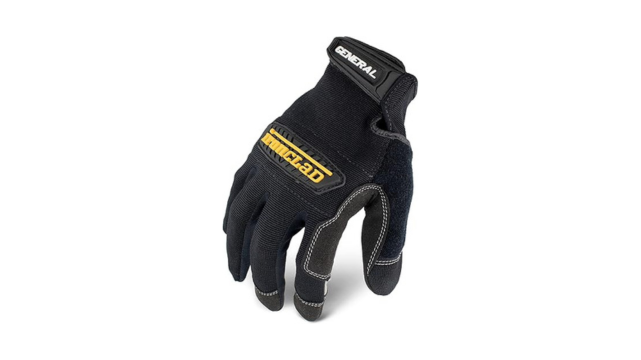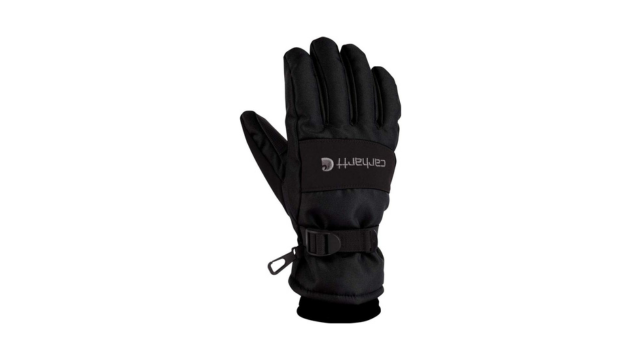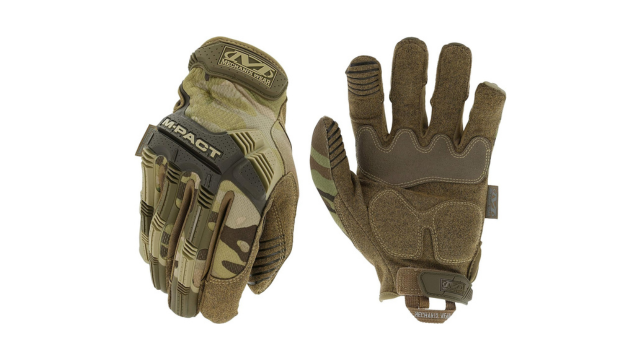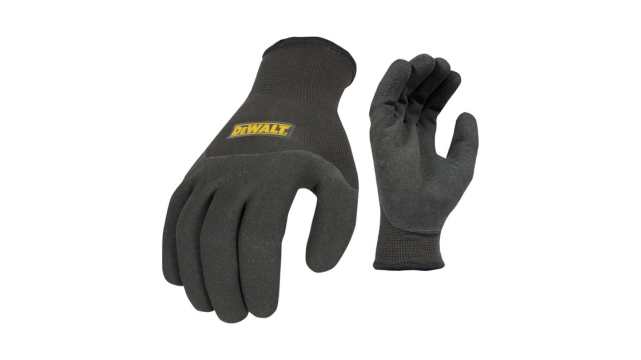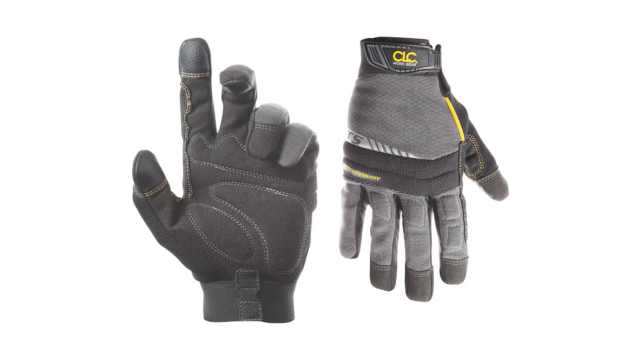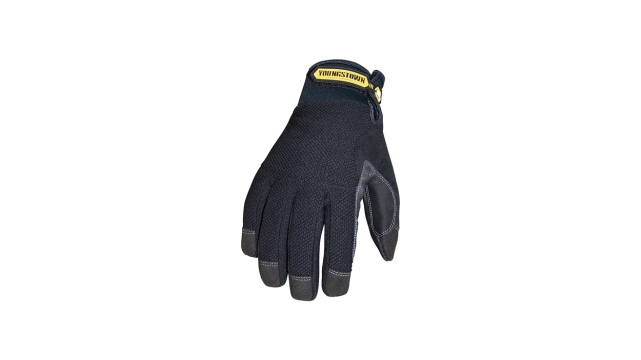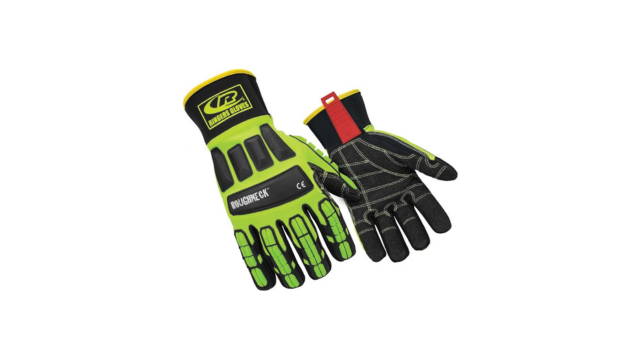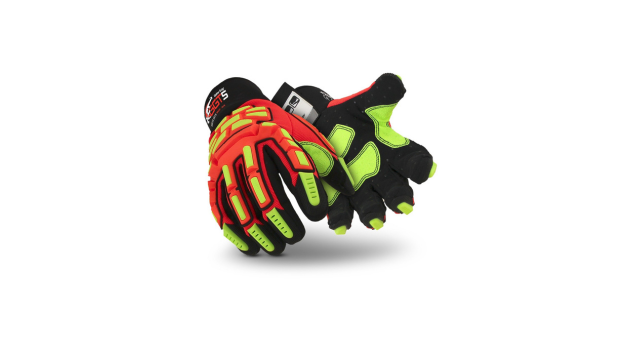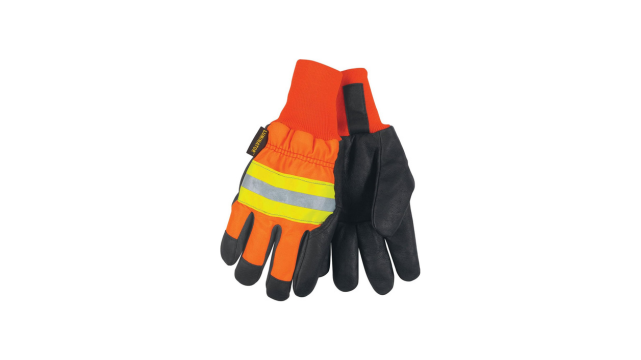Mechanics gloves are essential for anyone tackling repairs or maintenance tasks, providing both protection and dexterity. These gloves are designed to withstand tough conditions while ensuring a secure grip on tools and materials. With features like reinforced palms, flexible materials, and adjustable closures, they offer a perfect blend of comfort and durability. Ideal for automotive work, DIY projects, or heavy-duty tasks, choosing the right pair can significantly enhance performance and safety. Explore a range of options to find mechanics gloves that meet your needs and withstand the demands of your work.
Best Mechanics Gloves Buying Guide
Mechanics gloves are an essential piece of personal protective equipment for anyone working with machinery, tools, or automotive parts. These specialized gloves provide a crucial barrier between your hands and potential hazards, offering protection against cuts, abrasions, chemicals, and impacts. Beyond safety, high-quality mechanics gloves can enhance grip, dexterity, and comfort, allowing for improved performance and reduced fatigue during long hours of work. Whether you’re a professional mechanic, an automotive enthusiast, or someone who frequently engages in DIY projects, investing in the right pair of mechanics gloves can significantly impact your work efficiency and hand health.
Key Factors to Consider When Purchasing Mechanics Gloves
Material Composition
The material of mechanics gloves plays a pivotal role in determining their performance and durability. Common materials include synthetic leather, genuine leather, nitrile, and various fabric blends. Synthetic leather gloves often provide a good balance of durability and flexibility, while maintaining a lower cost compared to genuine leather. Genuine leather gloves, particularly those made from goatskin or cowhide, offer excellent abrasion resistance and natural feel but may come at a higher price point. Nitrile-coated gloves excel in providing chemical resistance and are ideal for tasks involving oils and solvents. Some advanced gloves incorporate materials like Kevlar or Dyneema for enhanced cut resistance. When choosing the material, consider the specific tasks you’ll be performing and the level of protection required.
Fit and Sizing
A proper fit is crucial for both comfort and functionality in mechanics gloves. Gloves that are too tight can restrict movement and cause hand fatigue, while oversized gloves may compromise dexterity and increase the risk of accidents. Look for gloves with a snug but not constrictive fit, allowing full range of motion for your fingers and thumbs. Many manufacturers offer detailed sizing charts, so take the time to measure your hand circumference and length to find the right size. Some gloves feature adjustable wrist closures, which can help achieve a more customized fit. Remember that different brands may have slight variations in sizing, so it’s worth trying on multiple options if possible.
Protection Level
The level of protection offered by mechanics gloves can vary significantly depending on their design and intended use. For general mechanical work, look for gloves with reinforced palms and fingertips to resist wear and tear from handling tools and parts. If you frequently work with sharp objects or metal edges, prioritize gloves with high cut resistance ratings. Impact protection is another important consideration, especially for heavy-duty mechanical work. Some gloves feature padding or specialized materials on the back of the hand and knuckles to absorb and dissipate impact forces. Additionally, consider the level of chemical resistance needed for your specific applications, as exposure to oils, greases, and solvents is common in mechanical work.
Dexterity and Tactile Sensitivity
While protection is paramount, the ability to perform precise tasks is equally important for mechanics. Look for gloves that offer a good balance between protection and dexterity. Features like pre-curved finger designs, ergonomic cuts, and strategically placed flex points can significantly enhance hand mobility. Some gloves incorporate touchscreen-compatible fingertips, allowing you to use digital devices without removing the gloves. The thickness of the material, especially in the fingertips and palms, will affect your tactile sensitivity. Thinner materials generally offer better feel and control for delicate tasks, while thicker materials provide more protection but may reduce sensitivity.
Durability and Longevity
Mechanics gloves are subjected to significant wear and tear, making durability a crucial factor in your selection process. Look for gloves with reinforced stitching, especially in high-stress areas like the palm, fingertips, and between the fingers. Double or triple stitching can significantly extend the life of the gloves. The quality of the materials used also plays a role in longevity. While higher-quality materials may come at a premium, they often result in gloves that last longer and perform better over time. Consider the frequency and intensity of your work when assessing the durability requirements. For professional mechanics or frequent users, investing in more durable gloves can be more cost-effective in the long run.
Breathability and Comfort
Comfort is essential, especially for extended periods of wear. Look for gloves with breathable materials that allow air circulation to prevent excessive sweating and discomfort. Some gloves feature ventilated backs or moisture-wicking linings to enhance breathability. The internal seams should be smooth to prevent irritation, and the overall construction should allow for natural hand movements without restriction. Consider the climate and working conditions you’ll be in; gloves with thermal properties might be beneficial in colder environments, while lighter, more breathable options are preferable in warmer conditions.
Grip Performance
Effective grip is crucial for handling tools, parts, and machinery safely and efficiently. Many mechanics gloves feature textured or coated palms and fingers to enhance grip in both dry and oily conditions. Silicone prints, PVC dots, or specialized grip-enhancing materials can significantly improve your ability to handle slippery objects. Consider the types of surfaces and conditions you’ll encounter most frequently in your work. Some gloves offer different grip patterns or materials in various areas of the hand to optimize performance for specific tasks.
Ease of Maintenance
Given the nature of mechanical work, your gloves will likely get dirty and oily regularly. Consider how easy the gloves are to clean and maintain. Some materials are machine washable, while others may require hand washing or special care. Gloves with dark colors or patterns can help hide stains and maintain a cleaner appearance over time. Additionally, consider the drying time of the gloves, as you may need to use them frequently. Some high-end gloves come with antimicrobial treatments to reduce odors and extend wear time between washes.
Conclusion: Making an Informed Choice
Selecting the right pair of mechanics gloves involves carefully weighing various factors to find the optimal balance of protection, comfort, and functionality for your specific needs. By considering aspects such as material composition, fit, protection level, dexterity, durability, breathability, grip performance, and ease of maintenance, you can make an informed decision that will serve you well in your mechanical endeavors. Remember that the best gloves for you will depend on your particular work environment, the tasks you perform most frequently, and your personal preferences. It may be beneficial to have multiple pairs of gloves for different types of work or conditions. Investing in high-quality mechanics gloves is an investment in your safety, comfort, and work efficiency. Take the time to research different options, read user reviews, and if possible, try on various gloves before making your final decision. With the right pair of mechanics gloves, you’ll be well-equipped to tackle a wide range of tasks with confidence and protection, ensuring that your hands remain safe and comfortable throughout your work.

